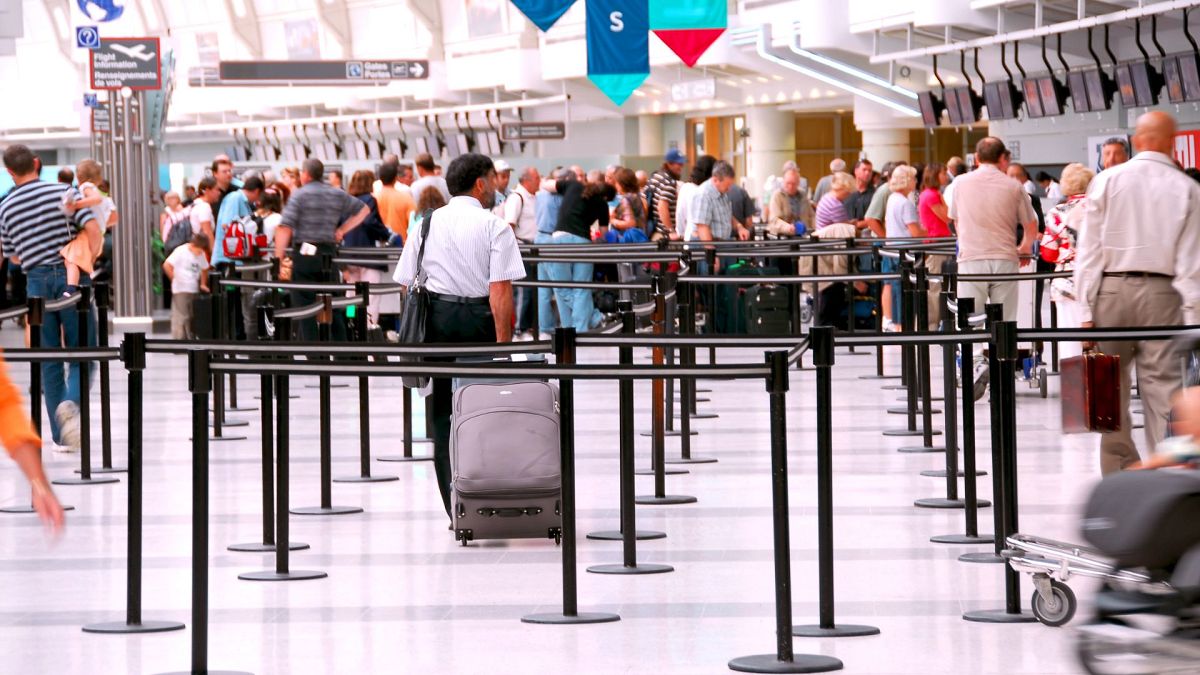ADVERTISEMENT
European travellers are increasingly planning to go to offbeat destinations over traditional tourist favourites, while still remaining within the continent, according to new research from the European Travel Commission (ETC).
77 per cent of Europeans intend to take at least one trip between June and November this year, according to the ETC’s latest report.
Among these, the overwhelming majority, at 91 per cent, plan to travel within the continent. The boom in low-cost, short-haul airlines, better connections and routes, as well as ongoing geopolitical uncertainty outside Europe, especially in the Middle East, have all contributed to this shift.
The Mediterranean continues to be the most popular region, with 13 per cent of European travellers choosing Spain.
10 per cent plan to visit Italy, with 8 per cent opting for France and 6 per cent going to Greece.
Only 8 per cent of European tourists revealed that they were thinking of travelling outside of the continent within these six months.
The research surveyed travellers across the UK, Germany, Italy, the Netherlands, Poland, Switzerland, Belgium, Austria, France and Spain.
Shoulder seasons attract more Europeans
Along with shunning crowded tourist hubs, a rising number of Europeans also want to travel during shoulder seasons, which are the months between peak and off-peak travel, usually spring and autumn, such as September.
Although peak summer months such as July and August are still seeing strong demand, with each chosen by 25 per cent of travellers, September follows closely behind at 22 per cent.
This is mainly because this less busy time of year brings fewer tourists, milder weather, more flexibility with work schedules and cheaper prices for top destinations. In many places, shoulder seasons offer quiet luxury and cultural experiences for older travellers, while also having adventure activities to attract younger tourists.
Older Europeans want to travel the most
Europeans aged 55 and above accounted for the strongest travel demand in the coming months, with 82 per cent planning trips, closely followed by 79 per cent of Europeans aged 45-54. 78 per cent of those aged 35-44 also intended to travel between June and November this year.
On the other hand, only 66 per cent of younger travellers aged 18-24 were planning to travel, mainly because of time and financial constraints.
However, despite economic volatility, 62 per cent of Europeans still intended to keep spending the same on travel during these six months, with 22 per cent likely to spend even more. The majority of Europeans planned to shell out between €1,500 and €2,000 per person per trip in this period.
Accommodation expenses tend to take up the majority of travel budgets, at 32 per cent, with food and drink accounting for 24 per cent, although this differs based on age group. While travellers above 45 are more likely to spend on quality dining and comfort, under 35s look for shopping, activities, lifestyle upgrades and wellness experiences while travelling.
“Our latest data shows that, even amid shifting economic and social realities, Europeans are not willing to compromise on travel,” Miguel Sanz, president of ETC, said in a press release.
Travellers are more conscious about overtourism
With several well-known European destinations such as Santorini, Rome, Venice and Barcelona already struggling with overtourism, more European travellers are now making a conscious effort to find under-the-radar spots.
55 per cent of travellers are actively looking for niche places for their upcoming trips, an increase from 48 per cent in spring this year. 11 per cent of travellers also revealed that picking a less crowded spot was now their main priority.
Sanz noted: “Destinations should take advantage of this trend by promoting less crowded, off-the-beaten-track experiences, particularly during shoulder months, and by enhancing their sustainable marketing efforts aimed at European travellers.”
Car travel saw a surge in popularity as well, with 32 per cent of travellers choosing it to better access remote destinations. However, air travel was still the most popular mode of transport, accounting for 53 per cent of travellers, primarily due to its value for money and speed.













